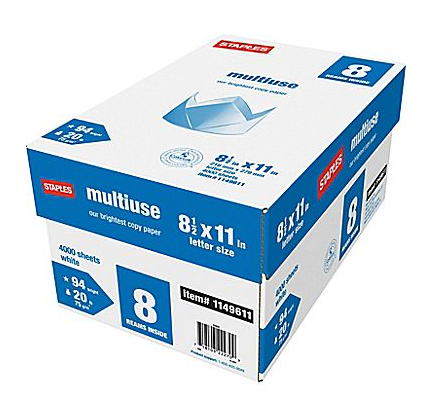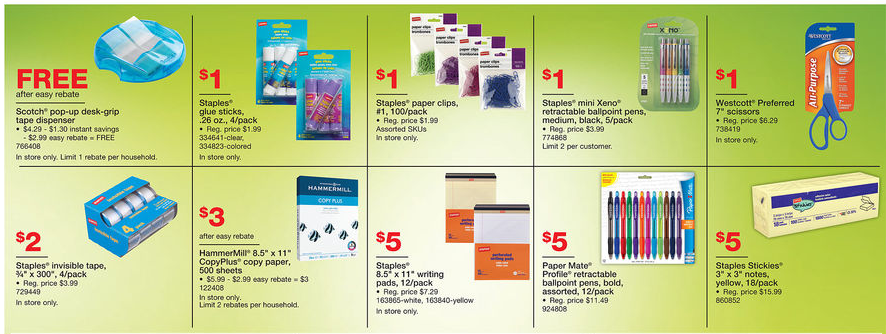
If the coats are thin, it can dry in as quickly as one hour. Once your have a coated screen, put it in a dark room and let it dry.

If it didn’t work the first time, try a second coat while it’s still wet. As you’re dragging the scoop coater up the screen, it should be pouring thinly and evenly across the mesh. To start coating the screen, push the scoop up against the bottom of the screen and slowly pull it up towards the top of the screen. You can always save the excess emulsion afterwards by scooping it back into your container. Having extra emulsion in your scoop ensures that there is enough flowing while you spread it. How does it work? Start by adding a few big spoonfuls of emulsion to the scoop - double or triple the amount of emulsion that you actually need on the screen. Get a scoop coater: This tool is designed to help you spread an even coat across your screen. I used my printing squeegee for years until I learned about scoop coaters. This is probably the most common method for coating a screen among DIY printers because it does not require any specialized tools - you can use the same squeegee that you will later use for printing. So you need an even coat, but that’s harder than it sounds.įor years I used a spoon to scoop emulsion onto the screen and then used my squeegee to spread the emulsion from top to bottom. This may result in losing some detail in your design. If you have lumps of emulsion on the screen or areas with thicker coats, your screen will need different amounts of time to expose properly - thicker areas require longer exposure, thinner areas need less time to expose. Spreading an even coat: An even coat of emulsion is crucial for burning a good screen, especially if your design has fine detail or thin lines. Being able to clearly see your screen, makes coating a screen much easier. I have one of these bug lights in a clamp-light that I use in an otherwise dark room while working with photo emulsion. I’ve only found one type of bulb that is both safe for screen printing and also very cheap and accessible: bug lights (~$5). There are specialty bulbs that you can use for screen printing that will not cure your emulsion, but they are expensive. Halogen lights have a lot of UV, incandescent bulbs have a significant amount and even LED lights, florescent lights and compact florescent lights (CFLs) emit some UV light. Each time of light exposes photo emulsion at a different rate, depending on how much UV light is present. So if you’re working during the day, curtains are a must. UV light is present in most household lights to some extent and, of course, it is also in sunlight. To be precise about this, screen printing photo emulsion is sensitive to Ultraviolet (UV) light, a part of the light spectrum that is not visible to humans. Most household light bulbs will cure the emulsion, so for a long time that’s how I did it I worked in the dark. Photo emulsion is sensitive to light, meaning that you need to keep your coated screen in a dark room until after your expose it. Seeing in the dark: It’s difficult to properly coat a screen when you’re working in the dark. There are a couple challenging parts to this: photo emulsion is light-sensitive and applying a thin coat is tricky. The goal here is to coat both sides of the screen with a thin, even layer of emulsion. It takes time to dry so often I actually do this step much earlier, sometimes even before I begin making the digital design.

Step 3: Coat your screen in photo emulsionĬoating the screen with photo emulsion is next.

Keep scrolling to see a step-by-step photos and notes from this experiment. There are pros and cons to this technique, which you can read at the end of this piece. As you’ll see below, using the mineral oil technique resulted in a good screen, with plenty of fine detail. I was concerned that the fine detail might get lost because there may not be as much contrast between the translucent paper and the ink. You then expose the screen the same way in both techniques and you wash it out the same way The only difference is how you’re blocking the light and transferring the image to the screen.Īnd it works: When I first heard about the mineral oil method, I was skeptical about whether or not this would work as well as transparencies. Similar to a transparency, light can pass through the translucent parts of the oil-soaked paper but the ink on the page blocks light and therefore the emulsion behind it does not cure. The idea here is that when you apply the oil, the white paper turns a milky color, while the ink on the page stays a stark black.

#Screen printing staples vallum plus
I used off-brand baby oil as my source for mineral oil because baby oil is just mineral oil plus some fragrance. This is still photo emulsion: The mineral oil technique is still a photo emulsion method, but instead of using a transparency I printed the design onto regular, white office paper and then coated the paper in mineral oil to make it translucent.


 0 kommentar(er)
0 kommentar(er)
